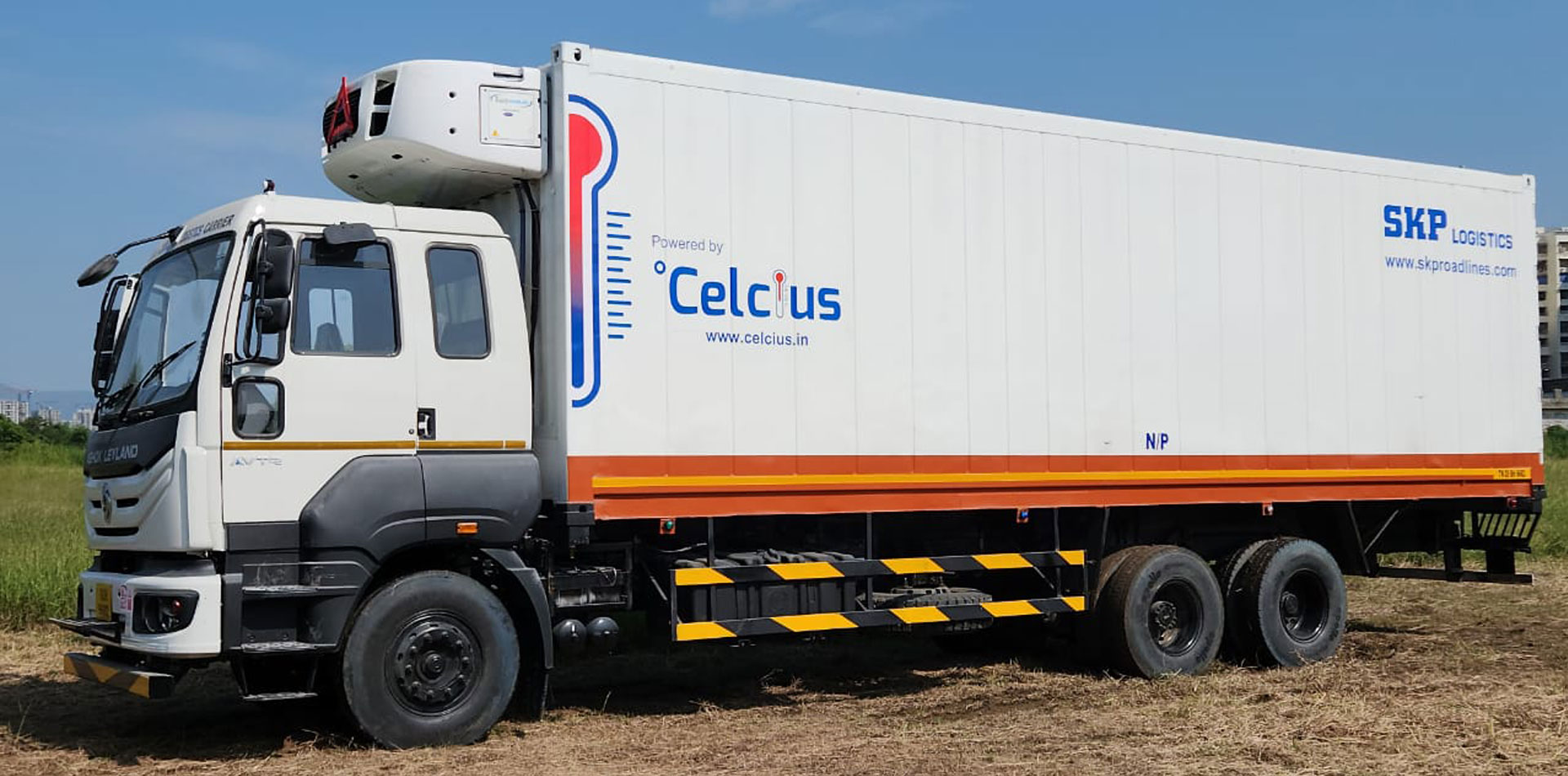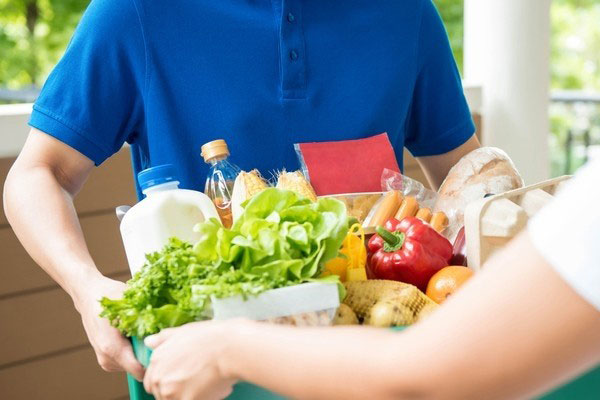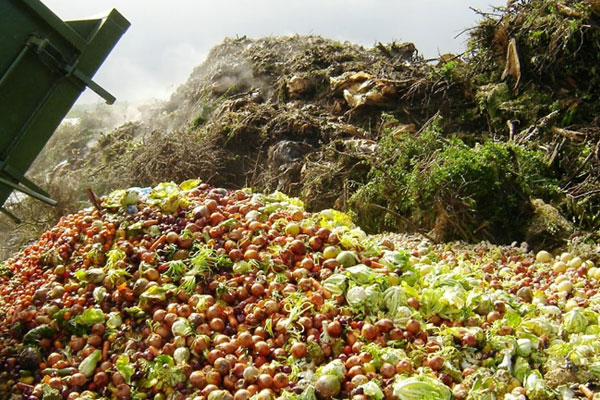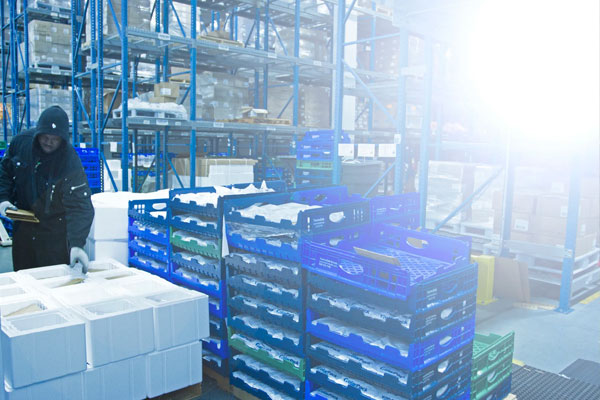
Cold chain trends to watch for in 2022
#1 Increased consumer demand for fresh foods

The pandemic has led young Indian consumers to shift to healthy and fresh diet choices. To sustain this demand, supermarkets need to stock such items in plentiful quantities.
Furthermore, heightened consumer emphasis on the adoption of sustainable measures makes it imperative for these supermarkets to validate the authenticity and freshness of foods from farm to table.
Failure to do would impact brand loyalty tremendously. This product-demand dynamic depends heavily on cold chain capacity.
#2 Criticality of the healthcare sector

The pandemic opened the government’s eyes to the need for better temperature-controlled delivery of vaccines and biopharmaceuticals. The lacunae in the supply chain (inadequate storage conditions and vaccine wastage) were more apparent than ever.
Appropriate attention for cold chain storage, last-mile delivery, and vaccine management and upgradation received heightened importance to curtail the pandemic.
This renewed attention from the healthcare sector and government machinery spelt a greater interest to advance cold-chain logistics.
#3 Wastage of perishables

Every year, India produces over 400 million MT of perishables (horticultural produce + dairy + meat + poultry + fish). Their wastage levels are extremely high. The current annual value of losses of agri-produce is estimated to be ₹92,651 crores. The current annual value of losses in fruits and vegetables, meat, fish and milk is estimated to be ₹50,473 crores.
The private sector owns and operates nearly 92% of cold storage units in India. High losses in the supply chain of perishables and large unfulfilled gaps for investments in cold storage have sparked the need to upgrade the efficiency of cold chain logistics across India.
#4 The current distribution of cold chain units

At present, nearly 60% of India’s total cold storage capacity is concentrated in the 5 states — Uttar Pradesh, West Bengal, Gujarat, Punjab and Andhra Pradesh. The majority of the cold storage units are for a single commodity — Potato.
Such uneven regional distribution has demanded the building of cold storage capacity across India.
#5 Emerging opportunities

The cold chain logistics has been swept with an assortment of opportunities, which in turn have spiked its development significantly.
- A shift in focus from cold storage to end-to-end cold chain
- Modernization of cold chain storage units
- Adoption of sophisticated machinery
- Setting up of multipurpose cold storage units in comparison to single commodity storage
- Modernization of packhouses and ripening facilities
- Planning of integrated cargo complexes at major airports in India
#6 Adoption of new technology

Blockchain holds the potential of transforming cold chain logistics. It has the ability to improve supply chain visibility and enhance trust between partners. AI-driven solutions have facilitated the usage of route optimization, thereby assisting merchants in:
- Efficient planning of dispatches.
- Temperature-controlled product storage, packaging, shipment and delivery.
- Giving real-time temperature and humidity data.
- Re-adjusting the temperature in event of a temperature fluctuation.
- Locating perishables to the item level with bar-code inventory tracking systems.
#7 Incentives

Blockchain holds the potential of transforming cold chain logistics. It has the ability to improve supply chain visibility and enhance trust between partners. AI-driven solutions have facilitated the usage of route optimization, thereby assisting merchants in:
- Under Income Tax Act 1961, a deduction of 150% will be permitted for expenditure on capital investment.
- Cold chain projects will be eligible for external commercial borrowings.
- Refrigeration machinery and parts used for installation of cold storage, cold room or refrigerated vehicle will be exempt from Excise Duty.
- Cold Chain services of pre-conditioning, pre-cooling, ripening, waxing, retail packing, and labeling of fruits and vegetables will be exempted from service tax.
- Loans to food and agro-based processing units and cold chain have been classified under Agriculture activities for Priority Sector Lending (PSL).
- The Government of India through the Ministry of Food Processing Industries is putting up 42 mega food parks (35 approved). Entrepreneurs could lease plots in these parks to set up food processing and ancillary units.
- Different states will offer state-specific incentives to cold chain logistics players.






